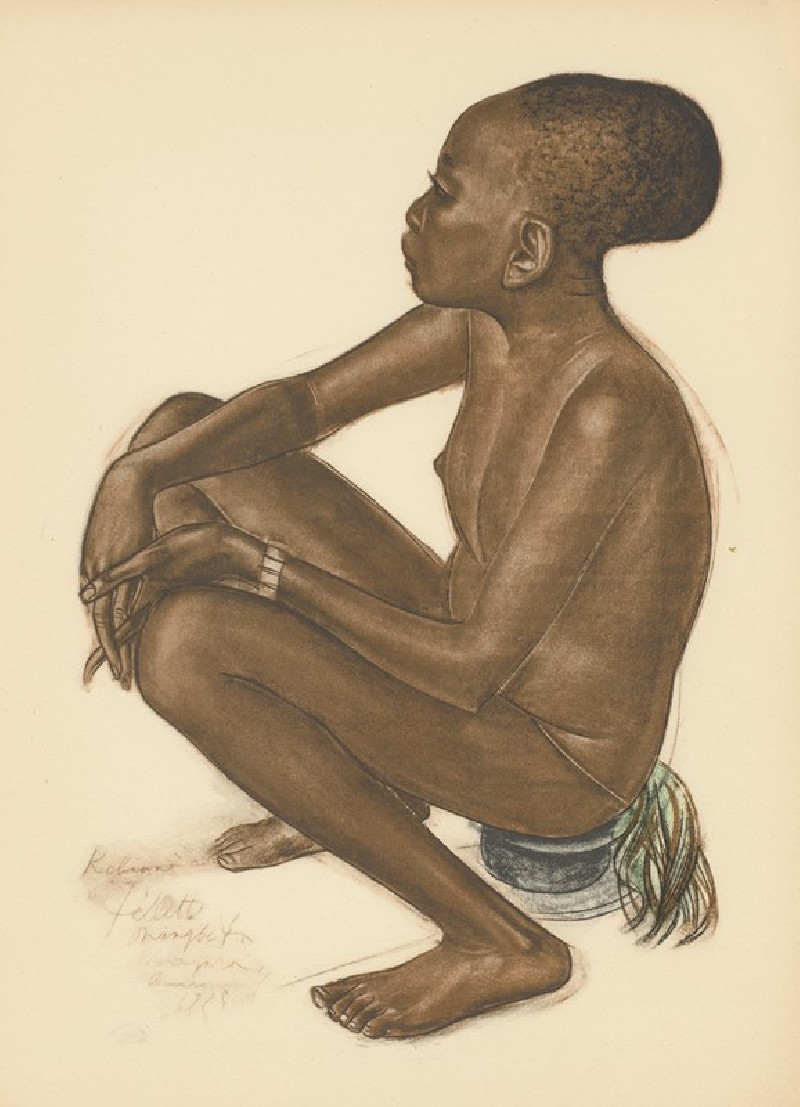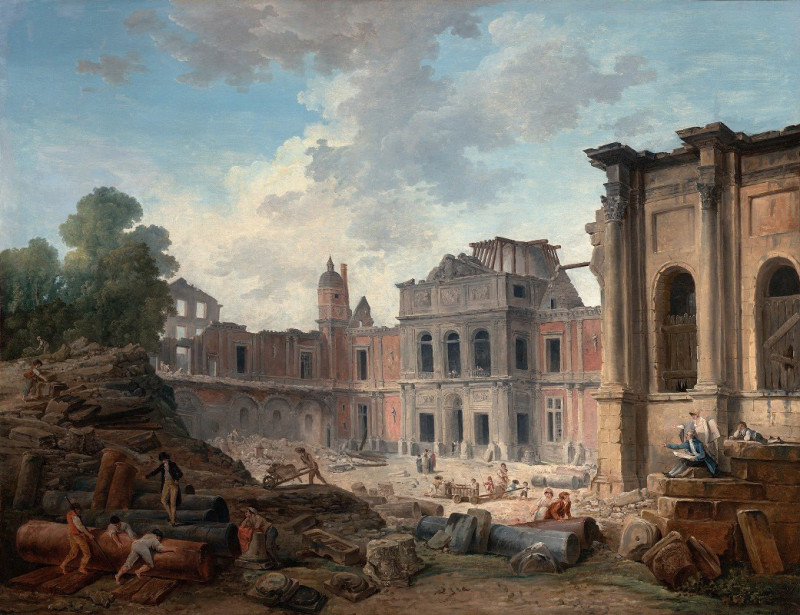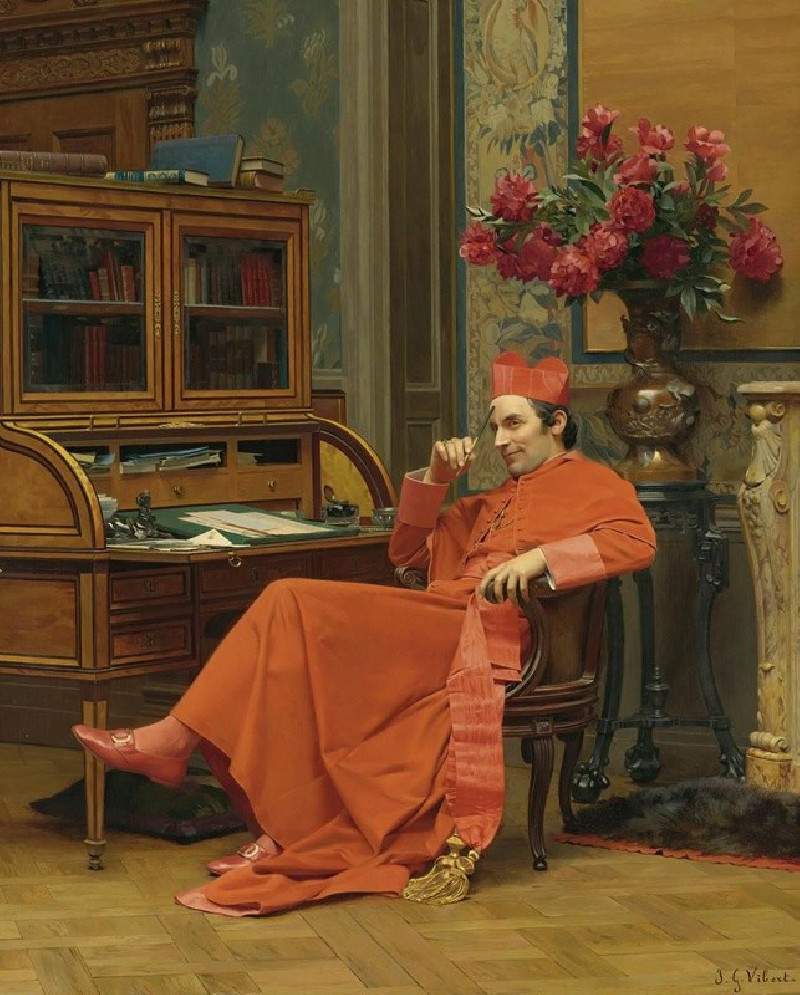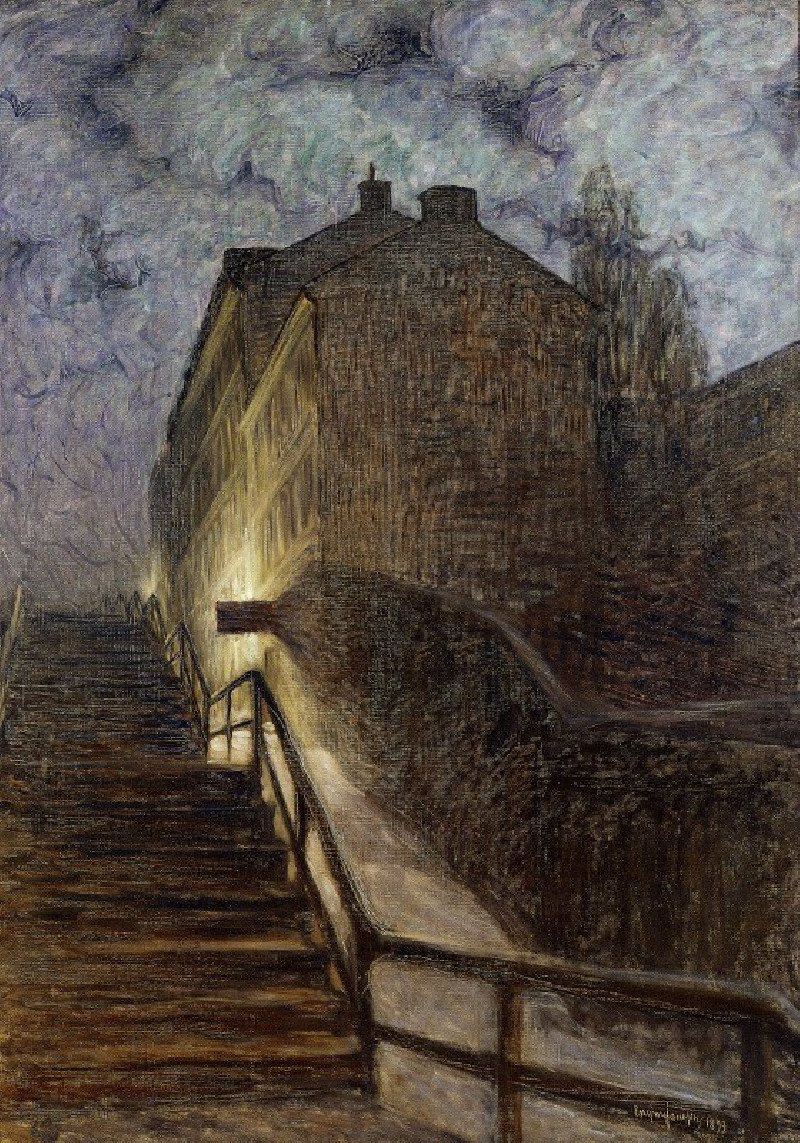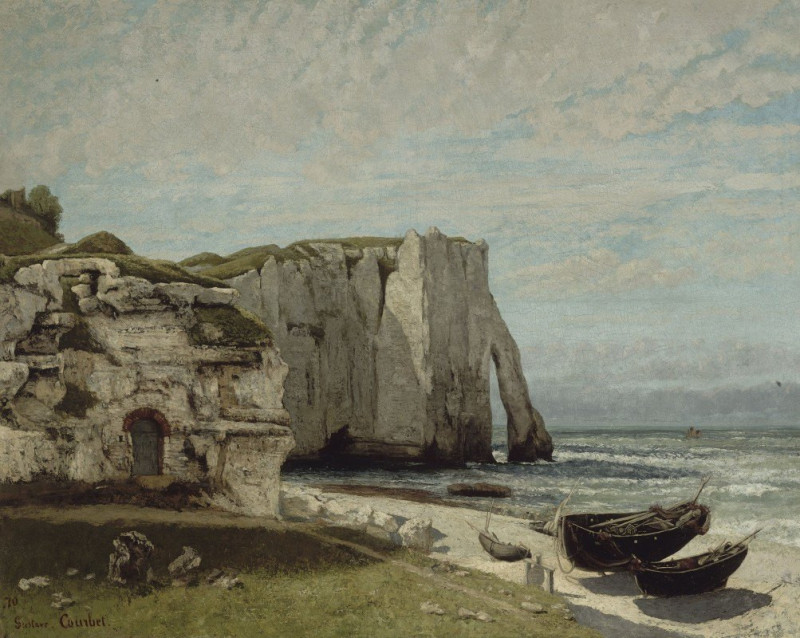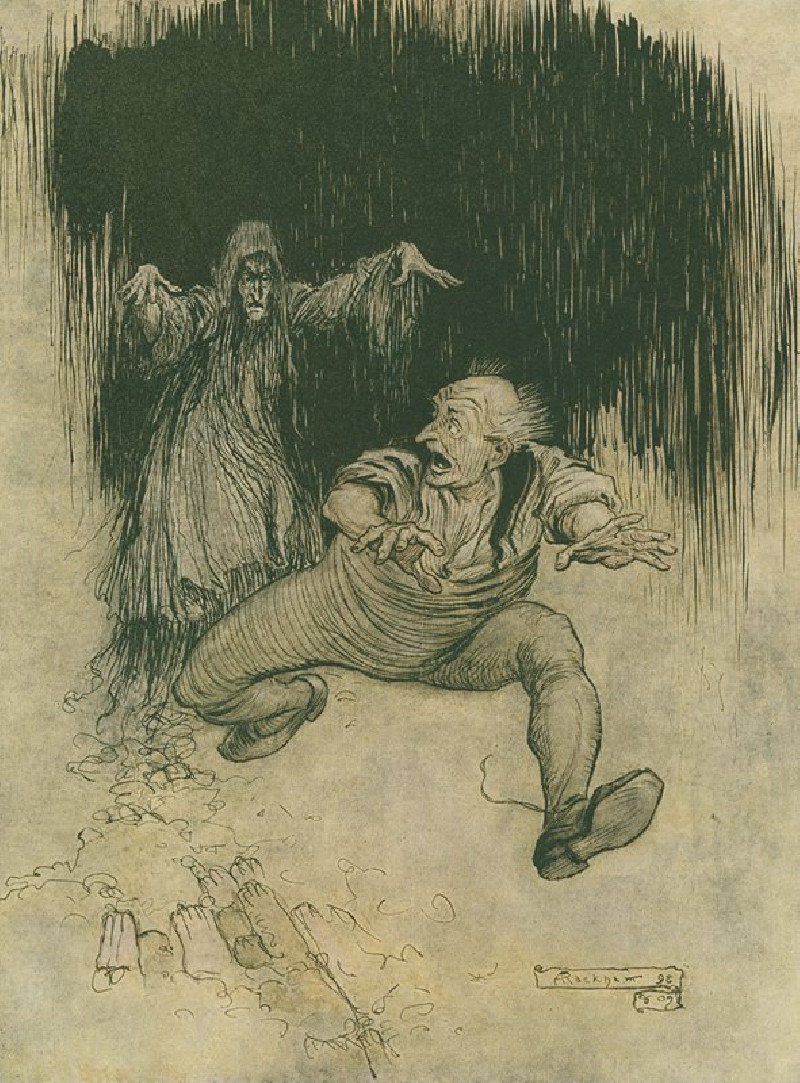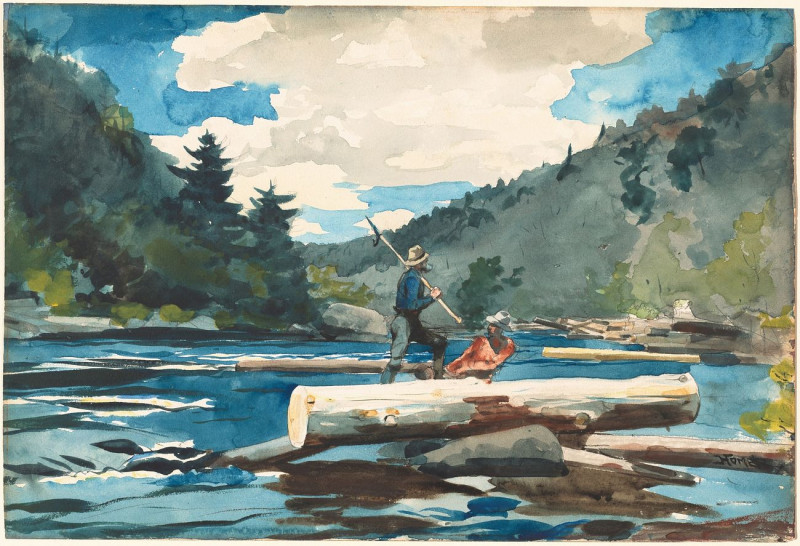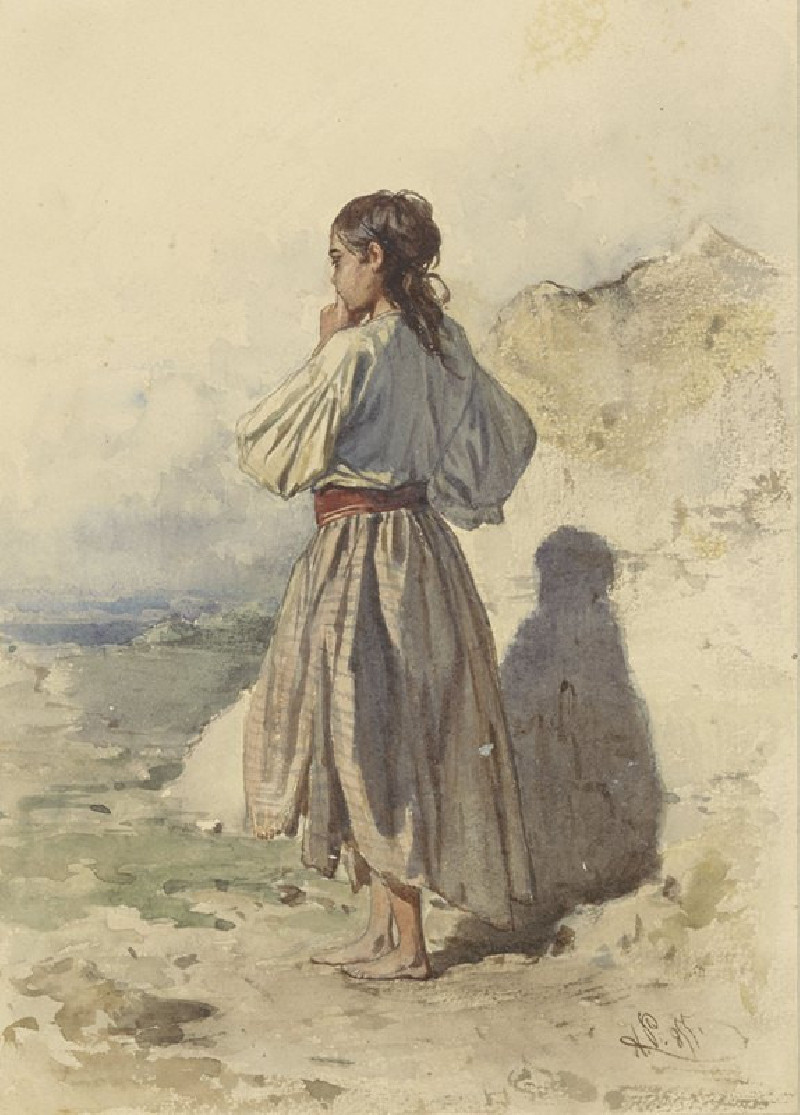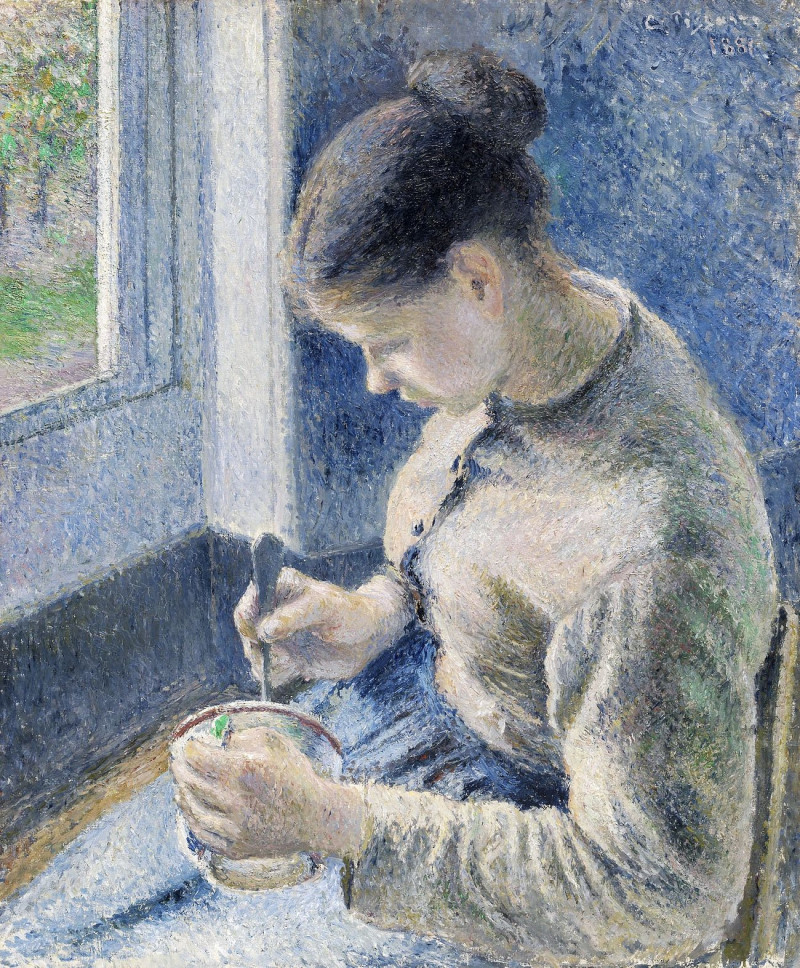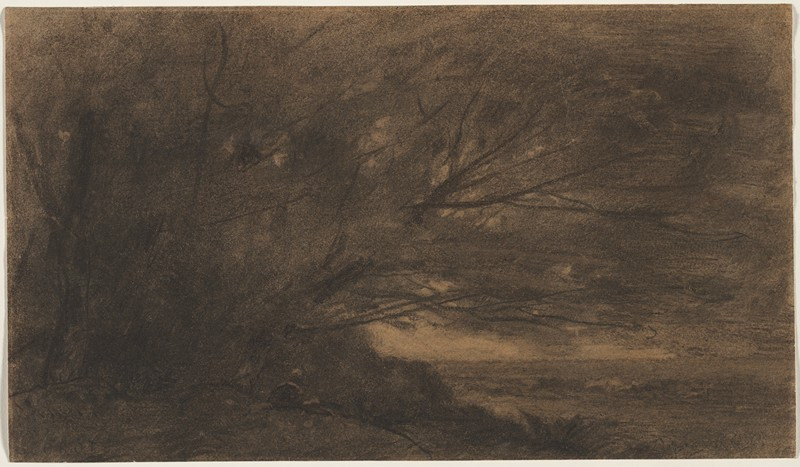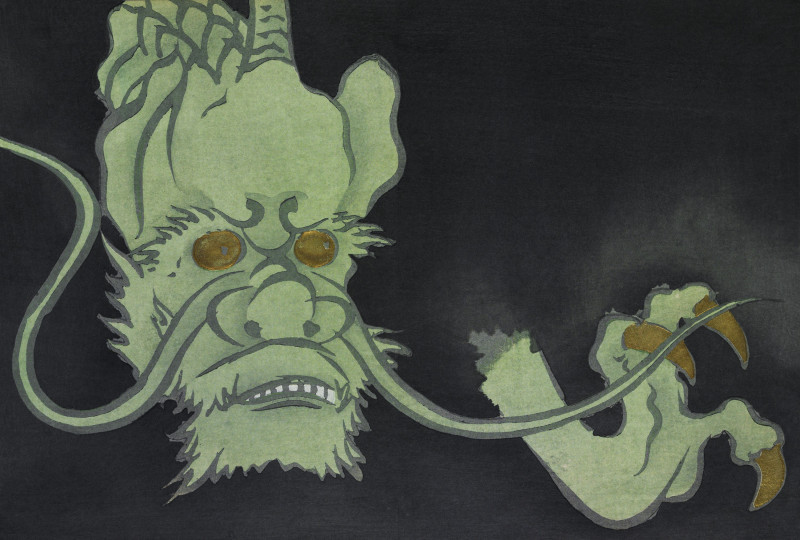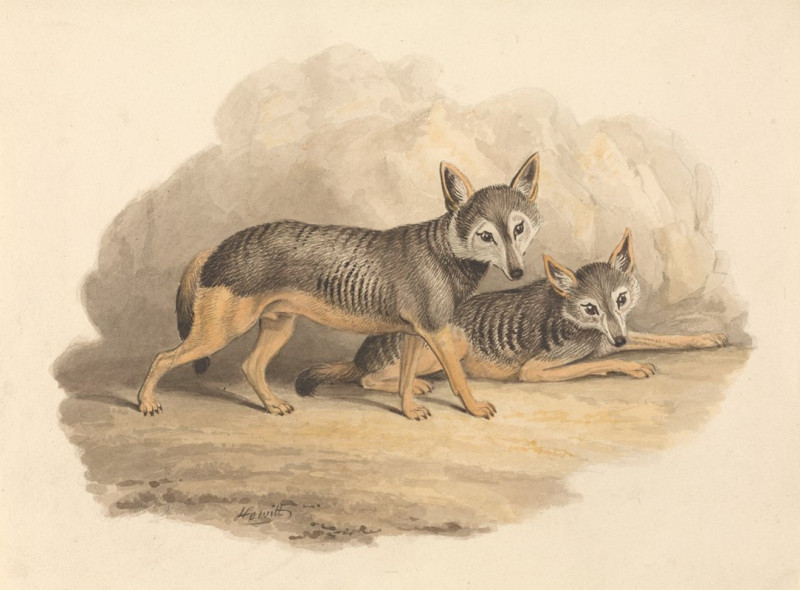Temple of Wady Kardassy [Qirtâsî] in Nubia. (1846-1849)
Technique: Giclée quality print
Recommended by our customers
More about this artwork
Delve into a captivating piece of 19th-century artistry with David Roberts' lithograph "Temple of Wady Kardassy [Qirtâsî] in Nubia." Created during his Middle Eastern travels between 1846 and 1849, this artwork unveils the allure and historic grandeur of a lesser-known Nubian temple.Roberts' composition showcases the architectural splendor of the Temple of Wady Kardassy, nestled in the sands of Nubia. The image is dominated by towering columns adorned with intricate carvings and statues that stand as silent guardians of history. These elements, paired with the haunting ruins and vast desert backdrop, evoke a sense of timelessness and wonder.In this lithograph, Roberts skillfully employs light and shadow to highlight the textures of the sand and stone, bringing an almost tactile quality to the scene. Figures appear near the temple's base, providing a scale that underscores the monument's majestic proportions. The sky, a subtle blend of soft hues, casts an ethereal glow over the entire scene, further enhancing the serene yet somber mood."Temple of Wady Kardassy" is not just a visual treat; it serves as a historical document, capturing the essence of Nubian heritage before much of it was lost to the ages. This piece is a testament to Roberts' dedication to detail and his passion for bringing the world's hidden treasures to light through his art.This lithograph invites viewers to step back in time and experience the awe-inspiring beauty of ancient Nubia, preserved through Roberts’ masterful eye.
Delivery
Returns
David Roberts (24 October 1796 – 25 November 1864) was a Scottish painter. He is especially known for The Holy Land, Syria, Idumea, Arabia, Egypt, and Nubia, a prolific series of detailed lithograph prints of Egypt and the Near East that he produced from sketches he made during long tours of the region (1838–1840). These and his large oil paintings of similar subjects made him a prominent Orientalist painter. He was elected as a Royal Academician in 1841.

![Temple of Wady Kardassy [Qirtâsî] in Nubia. (1846-1849) reproduction of painting by David Roberts. ALL GICLEE PRINTS Temple of Wady Kardassy [Qirtâsî] in Nubia. (1846-1849) reproduction of painting by David Roberts. ALL GICLEE PRINTS](https://reprodukcijos.lt/39257-large_default/reproduction-of-temple-of-wady-kardassy-qirtasi-in-nubia-1846-1849.jpg)
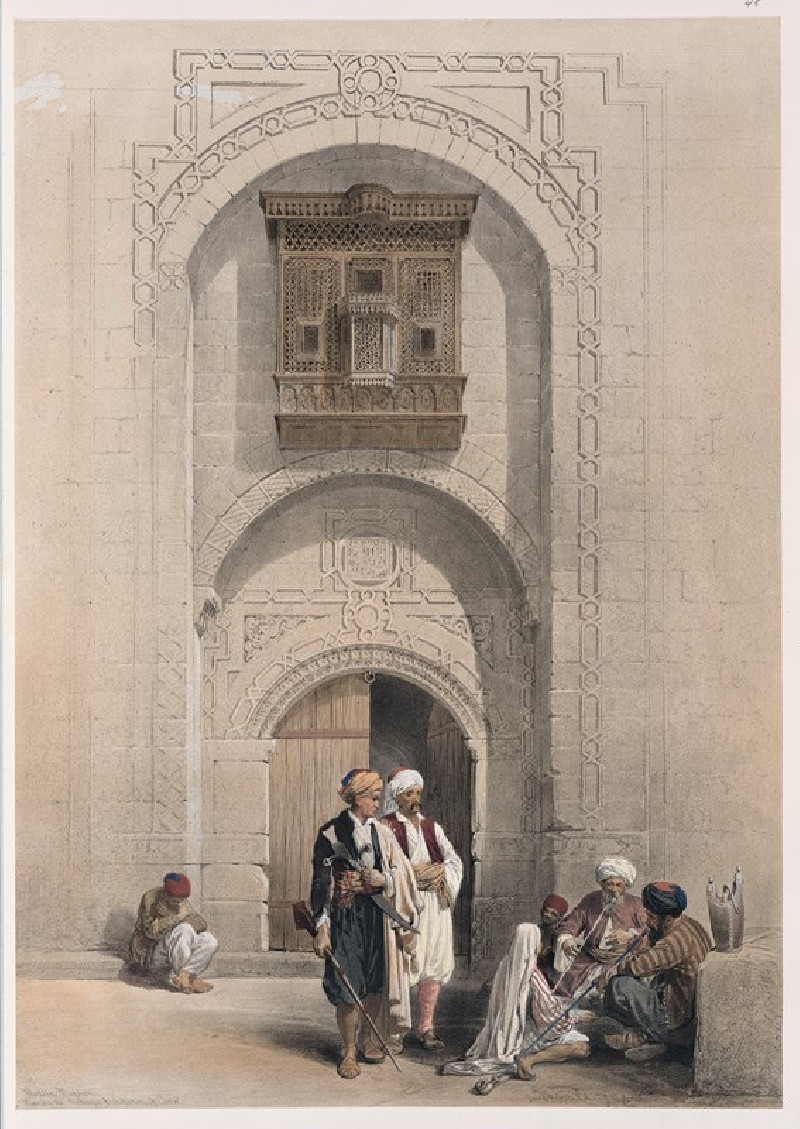
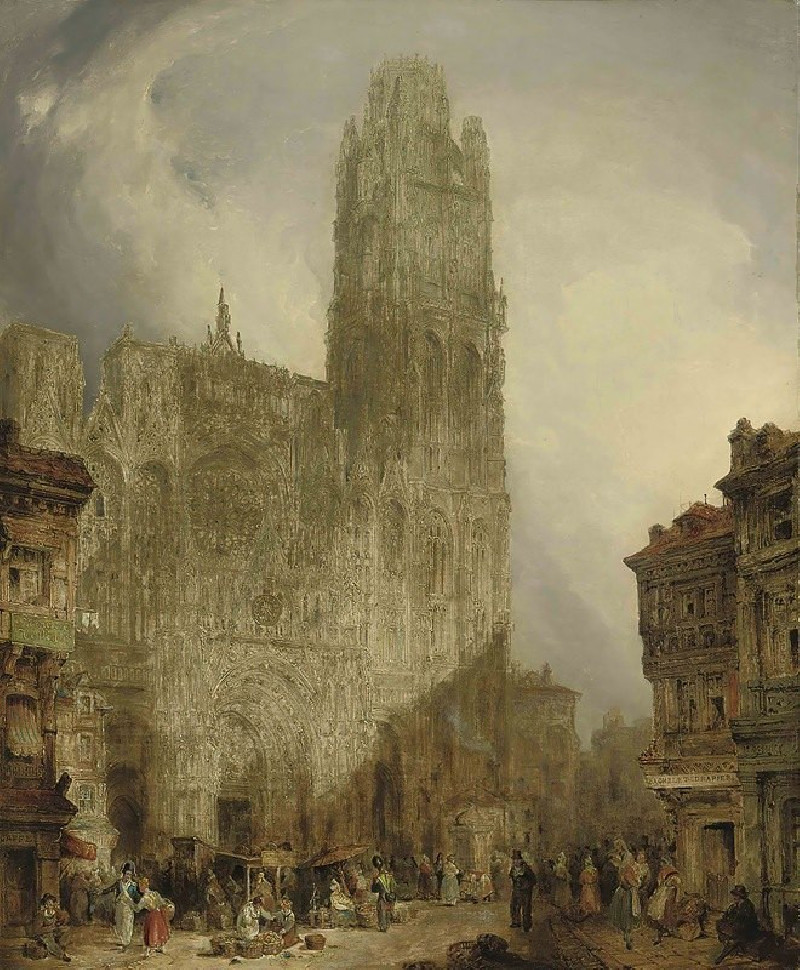
![Siout [Asyût]. Upper Egypt. (1846-1849) reproduction of painting by David Roberts. ALL GICLEE PRINTS](https://reprodukcijos.lt/39216-large_default/reproduction-of-siout-asyut-upper-egypt-1846-1849.jpg)
![Hermont [Armant], ancient Hirmonthis. Nov. 26th, 1838. (1846-1849) reproduction of painting by David Roberts. ALL GICLEE PRINTS](https://reprodukcijos.lt/39215-large_default/reproduction-of-hermont-armant-ancient-hirmonthis-nov-26th-1838-1846-1849.jpg)
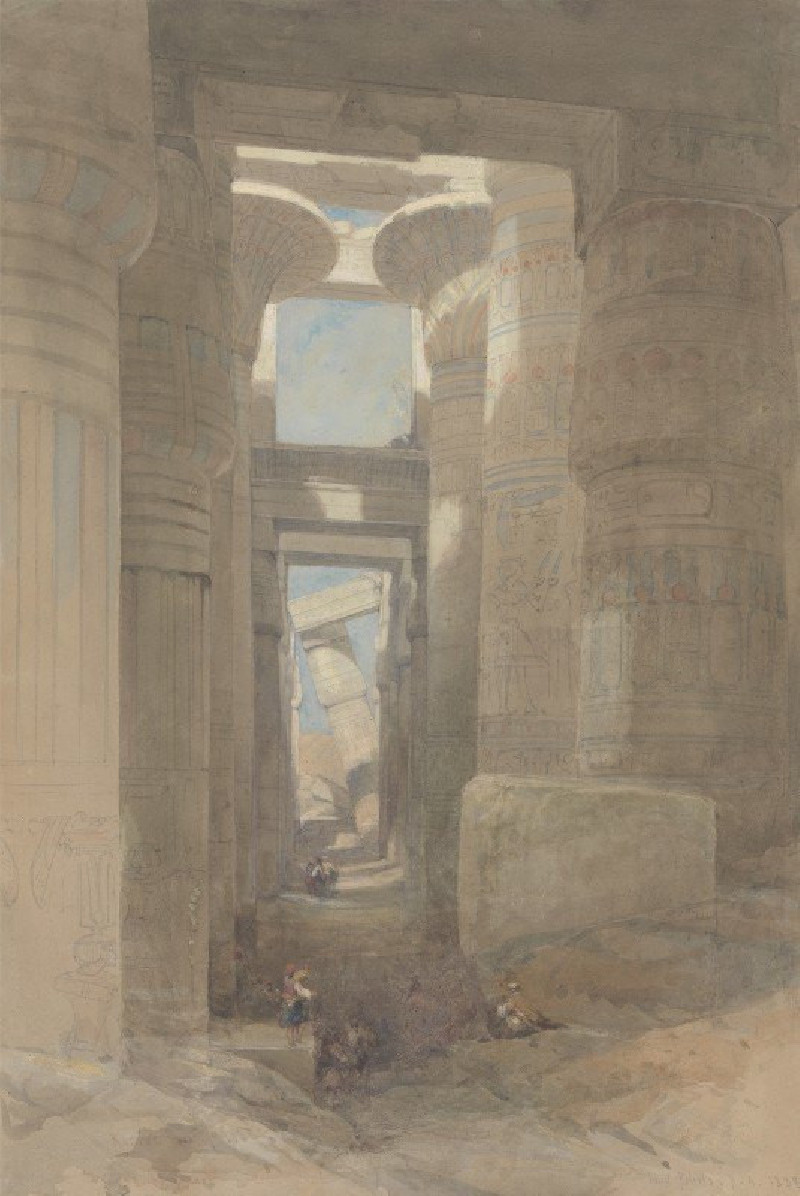
![Temple of Wady Saboua [Wadi al-Sabua], Nubia. (1846-1849) reproduction of painting by David Roberts. ALL GICLEE PRINTS](https://reprodukcijos.lt/39213-large_default/reproduction-of-temple-of-wady-saboua-wadi-al-sabua-nubia-1846-1849.jpg)
![Portico of the Temple of Edfou [Idfû], Upper Egypt. Nov. 23rd, 1838. (1846-1849) reproduction of painting by David Roberts. A...](https://reprodukcijos.lt/39212-large_default/reproduction-of-portico-of-the-temple-of-edfou-idfu-upper-egypt-nov-23rd-1838-1846-1849.jpg)
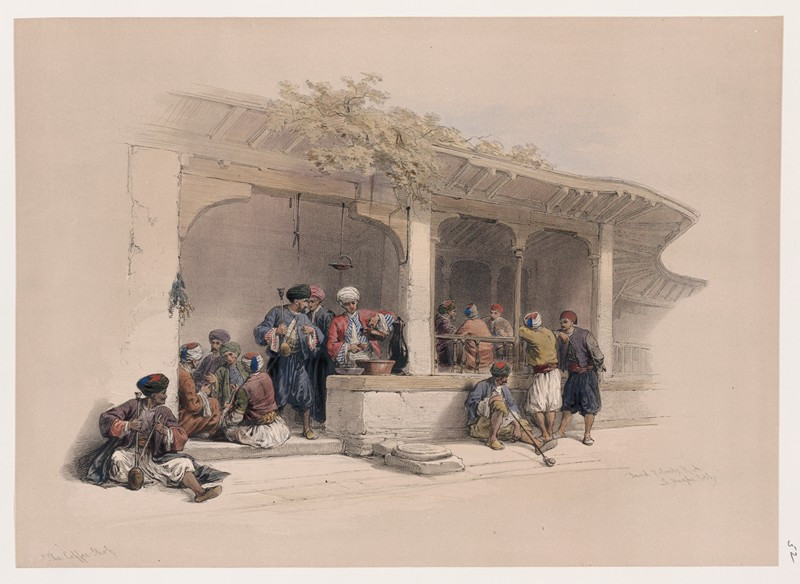

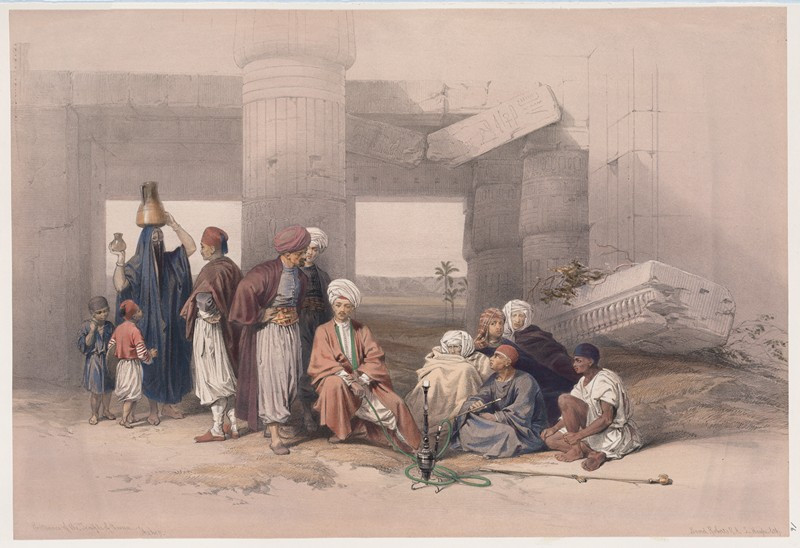
![Edfou [Edfu, Idfû]. Nov. 24th, 1838. (1846-1849) reproduction of painting by David Roberts. ALL GICLEE PRINTS](https://reprodukcijos.lt/39208-large_default/reproduction-of-edfou-edfu-idfu-nov-24th-1838-1846-1849.jpg)
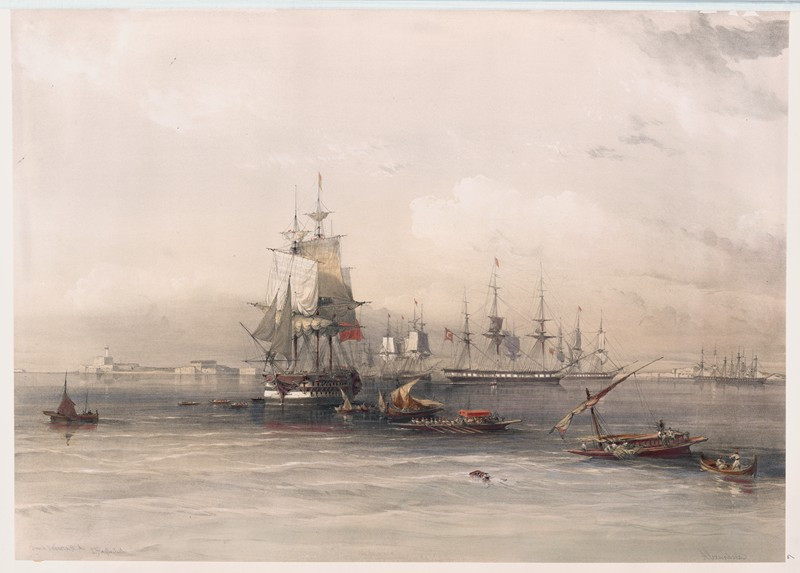
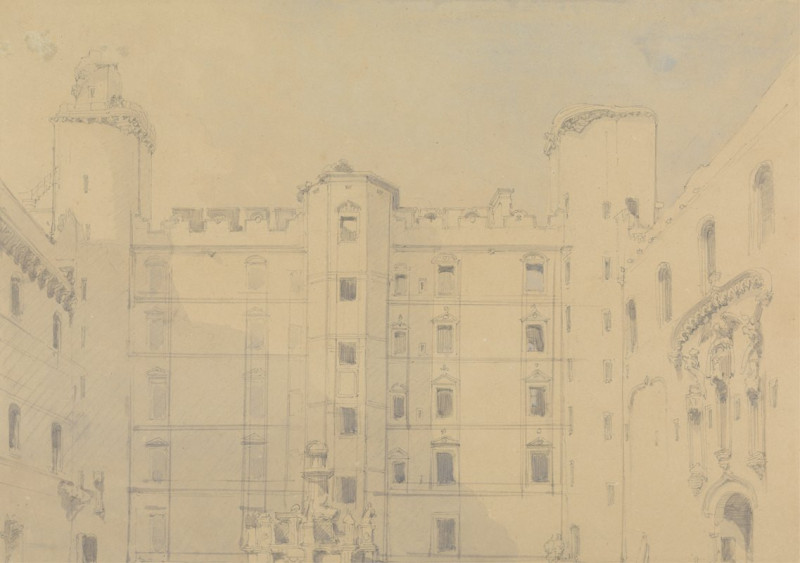
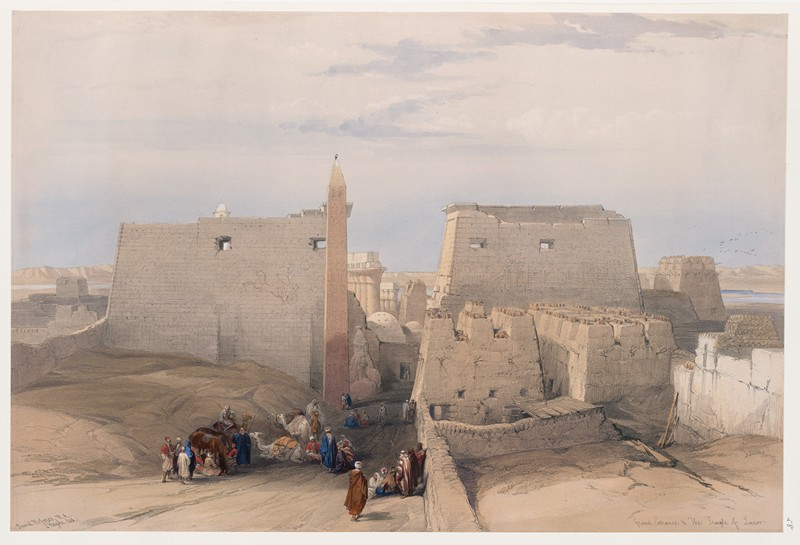

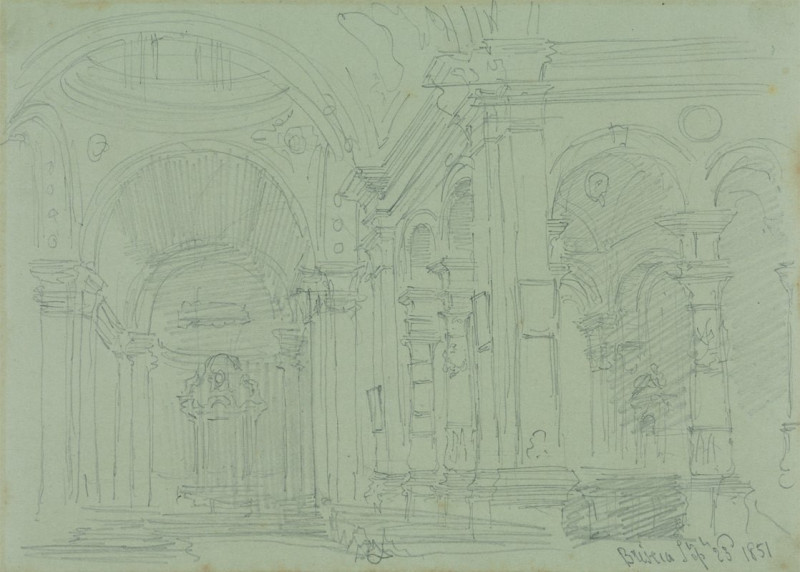
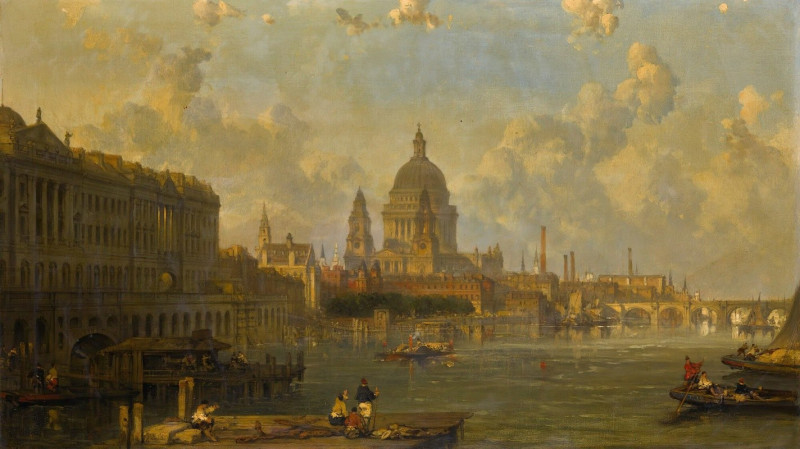
![Temple of Kalabshee [Kalabsha, Kalâbishah], Nubia. Nov. 1838. (1846-1849) reproduction of painting by David Roberts. ALL GICL...](https://reprodukcijos.lt/39201-large_default/reproduction-of-temple-of-kalabshee-kalabsha-kalabishah-nubia-nov-1838-1846-1849.jpg)
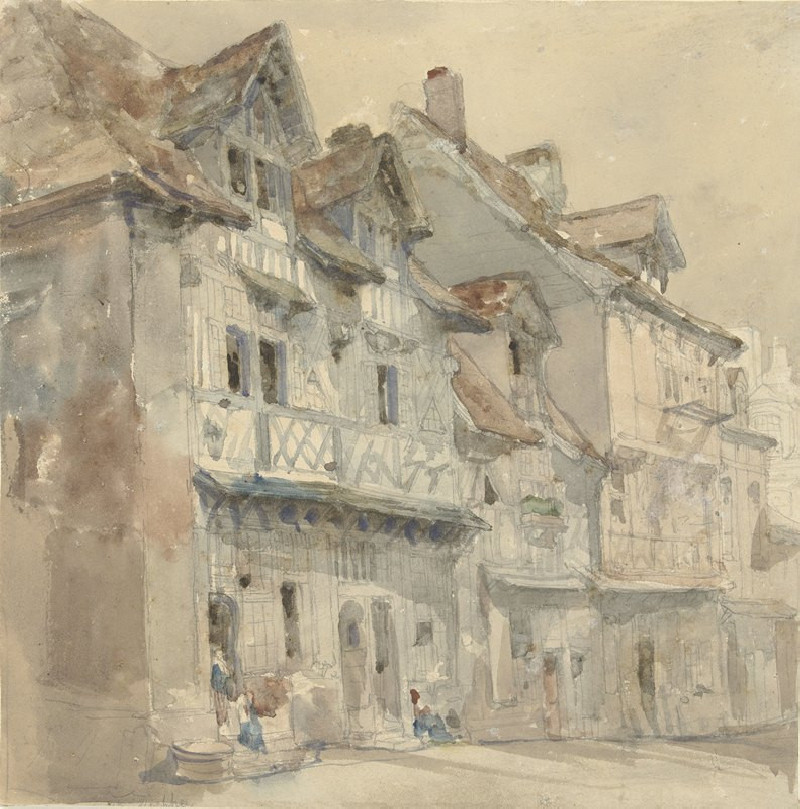
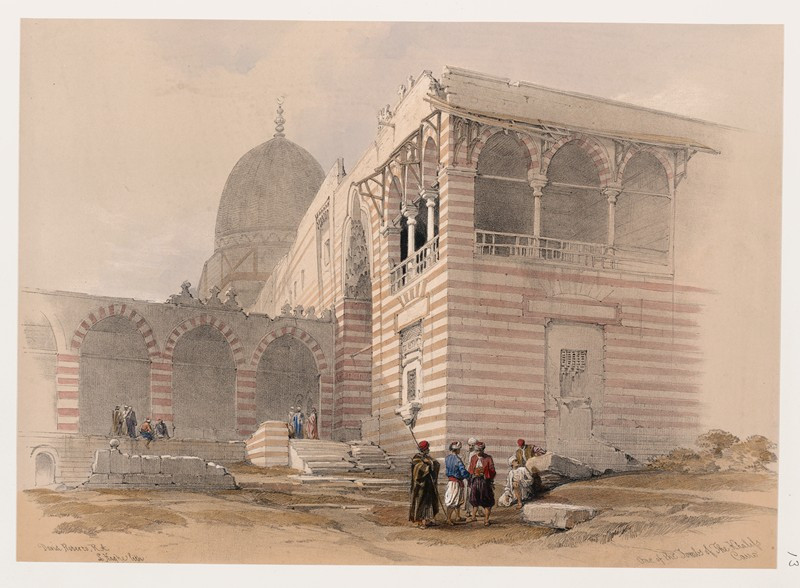

![Ruins of the Temple of Kardeseh [Qirtâsî], Nubia. (1846-1849) reproduction of painting by David Roberts. ALL GICLEE PRINTS](https://reprodukcijos.lt/39187-large_default/reproduction-of-ruins-of-the-temple-of-kardeseh-qirtasi-nubia-1846-1849.jpg)
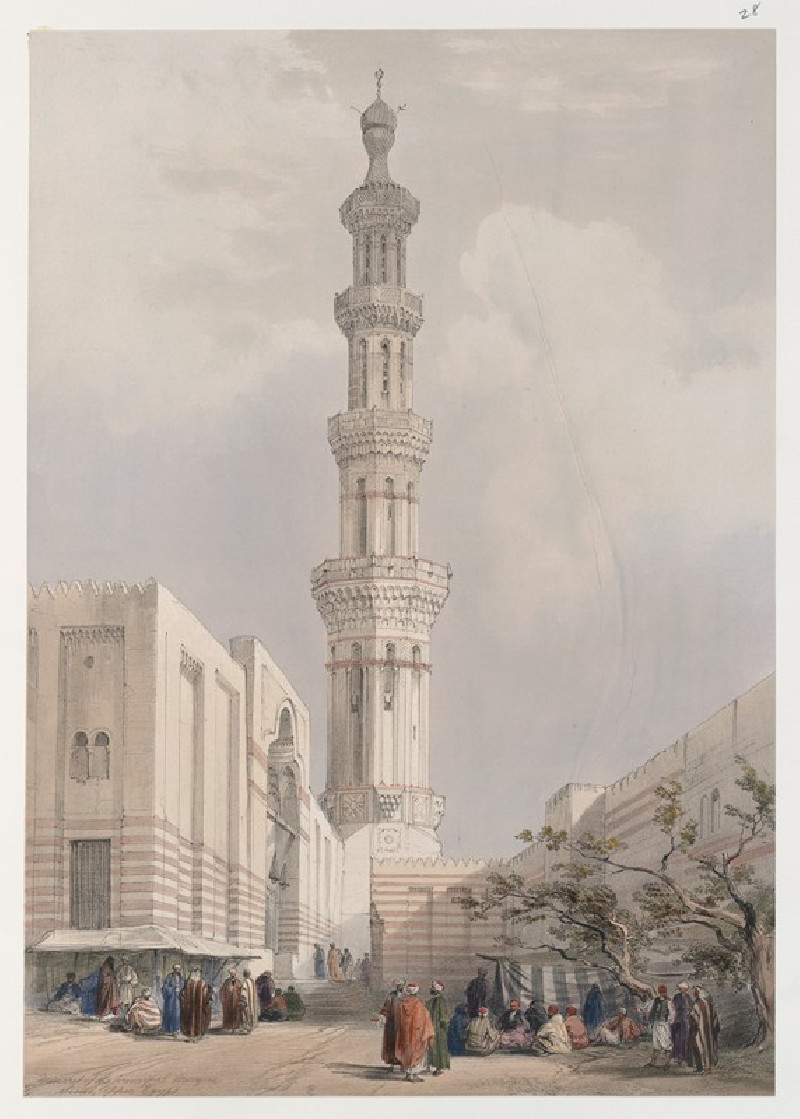
![Pyramids of Geezeh [Giza]. (1846-1849) reproduction of painting by David Roberts. ALL GICLEE PRINTS](https://reprodukcijos.lt/39185-large_default/reproduction-of-pyramids-of-geezeh-giza-1846-1849.jpg)
![Excavated temples of Aboosimble [Abû Sunbul], Nubia. (1846-1849) reproduction of painting by David Roberts. ALL GICLEE PRINTS](https://reprodukcijos.lt/39184-large_default/reproduction-of-excavated-temples-of-aboosimble-abu-sunbul-nubia-1846-1849.jpg)

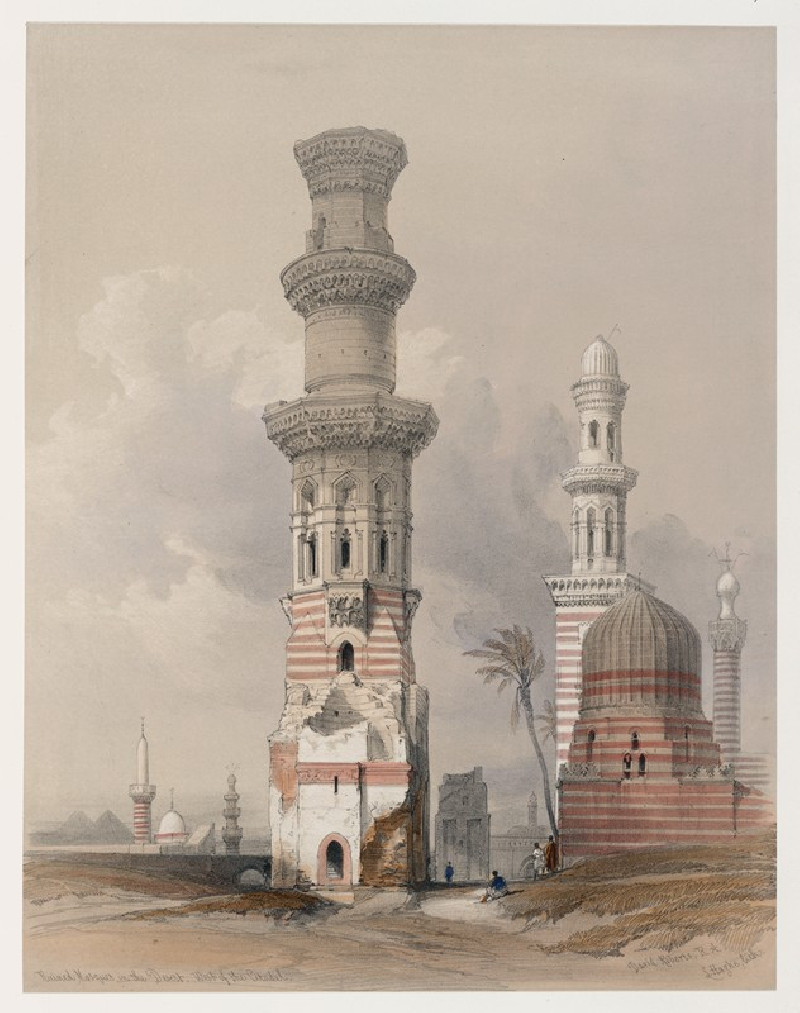


![Dayr el Medeeneh [Dayr al-Madînah], Thebes. (1846-1849) reproduction of painting by David Roberts. ALL GICLEE PRINTS](https://reprodukcijos.lt/39182-large_default/reproduction-of-dayr-el-medeeneh-dayr-al-madinah-thebes-1846-1849.jpg)
